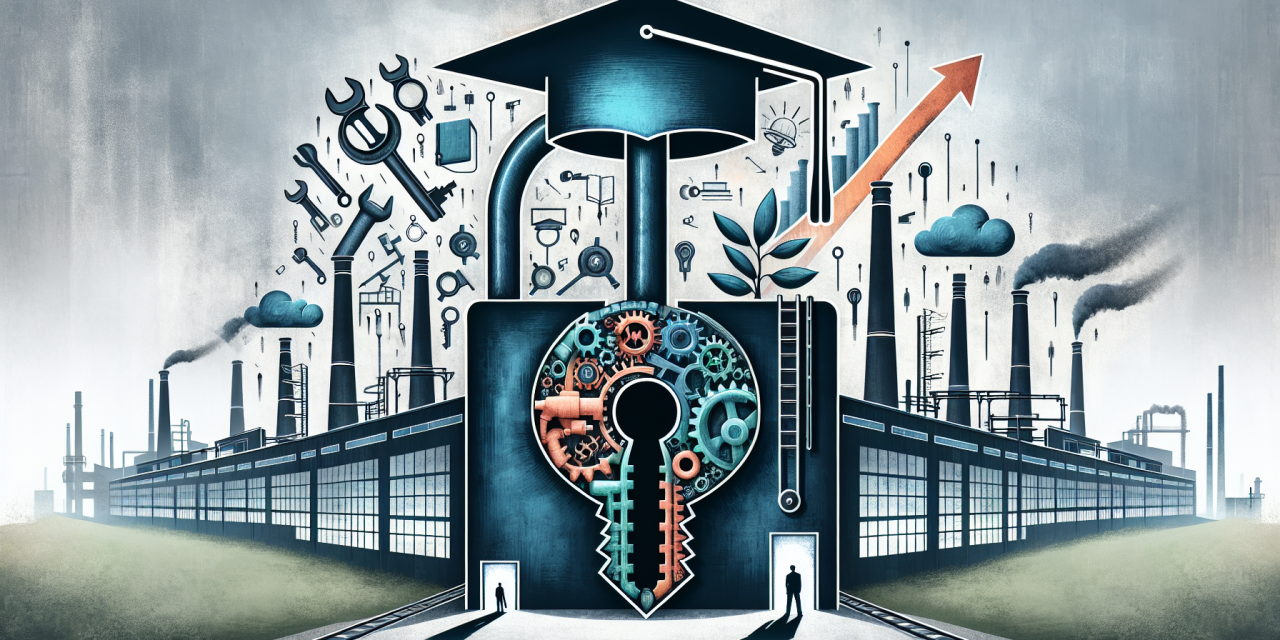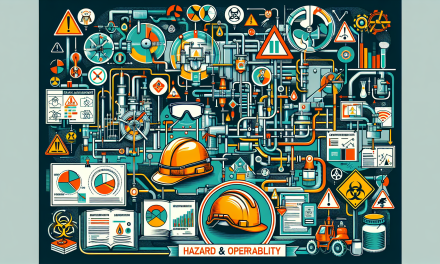Table of Contents
- Introduction
- What is Industrial Hygiene?
- The Importance of Industrial Hygiene
- Structure of Industrial Hygiene Training
- Key Topics Covered
- Who Should Pursue Training?
- Benefits of Industrial Hygiene Training
- Frequently Asked Questions
- Conclusion
Introduction
In the ever-evolving world of workplace safety, understanding the principles of industrial hygiene stands as a cornerstone for maintaining a healthy working environment. While many professionals might be familiar with OSHA standards or workplace safety checks, few truly grasp the broader impact of industrial hygiene on employee wellness. This blog post delves deeply into the realm of industrial hygiene and emphasizes the myriad benefits of receiving comprehensive training in this field.
What is Industrial Hygiene?
Industrial hygiene refers to the discipline dedicated to recognizing, evaluating, and controlling environmental factors in workplaces that can cause harm or discomfort to workers. These factors often include chemical, physical, biological, and ergonomic hazards. By actively monitoring and managing these risks, organizations can ensure a safer, healthier atmosphere for their employees.
Understanding the Core Goals
At its core, industrial hygiene aims to prevent illness and injury related to these environmental hazards. Achieving this requires a multifaceted approach involving measurement, analysis, and risk management. Consequently, professionals equipped with the right knowledge can implement strategies that foster workplace safety.
The Importance of Industrial Hygiene
As we delve into the significance of industrial hygiene, recognizing its direct impact on business performance and employee satisfaction is essential. For instance, a safe workplace breeds a culture of health, productivity, and retention.
Boosting Employee Morale
When employees feel safe and valued, their morale skyrockets. Naturally, this leads to improved productivity and lower turnover rates, which, in turn, benefit the bottom line. Companies that prioritize safety via industrial hygiene practices see enhanced employee loyalty and, consequently, greater success.
Regulatory Compliance
Moreover, understanding industrial hygiene supports compliance with health and safety regulations. Companies lacking appropriate safety measures may face hefty fines and reputational damage. Thus, investing in industrial hygiene not only aligns with legal obligations but also reflects a commitment to employee wellbeing.
Structure of Industrial Hygiene Training
The road to becoming proficient in industrial hygiene encompasses a structured approach tailored towards imparting essential skills and knowledge. This structured training emphasizes not just theoretical concepts but also real-world applications.
Interactive Learning Methods
Classes often combine interactive learning with hands-on experiences, ensuring that participants engage actively with the material. Additionally, online formats provide flexibility, making it easier for working professionals to complete their training at their own pace.
Key Topics Covered
In an industrial hygiene training program, participants explore various topics crucial for building expertise in this domain. Some of these key subjects include:
1. Hazard Identification
This section teaches attendees how to identify potential hazards within workplaces effectively. Knowledge of these dangers empowers hygienists to recommend suitable controls to mitigate risks.
2. Exposure Assessment
Understanding how to assess exposure levels is central to industrial hygiene. This segment focuses on measuring an individual’s exposure to workplace hazards and understanding the implications of those levels on health.
3. Risk Management Strategies
Participants learn how to devise practical risk management strategies. This involves not just recognizing hazards but also implementing effective measures to control or eliminate them altogether.
4. Legal and Regulatory Standards
A significant portion of the training covers essential legal standards. Knowledge of laws and regulations related to occupational safety ensures that professionals remain compliant, protecting both employees and employers.
Who Should Pursue Training?
This training is ideal for anyone involved in maintaining workplace safety. The program particularly targets:
- Safety officers
- Human resources professionals
- Environmental health specialists
- Operations managers
- Anyone eager to enhance their understanding of occupational health and safety
Benefits of Industrial Hygiene Training
Participating in this specialized training provides numerous advantages that extend beyond personal growth and knowledge acquisition. One significant perk is the opportunity to earn a recognized certification in industrial hygiene, enhancing one’s resume substantially.
Career Advancement
Certification opens doors to new job opportunities, allowing aspiring hygienists to demonstrate their expertise to potential employers. Furthermore, employers who prioritize health and safety often seek those with formal training, making this qualification an invaluable asset.
Continuous Professional Development
Moreover, undergoing such training promotes continuous professional development. Participants stay current on emerging hazards, evolving best practices, and innovative safety technologies, ensuring their skills remain relevant and effective.
Networking Opportunities
Furthermore, training sessions frequently provide invaluable networking opportunities. Engaging with instructors and fellow participants fosters relationships within the industry, which may lead to future collaborations or job offers. Together, professionals can share insights, trends, and experiences, enriching their understanding of industrial hygiene.
For those interested in taking a deep dive into the subject matter, a comprehensive program is offered through the Certified Industrial Hygiene Training Course for Aspiring Hygienists. This course can profoundly impact your career trajectory.
Frequently Asked Questions
What prerequisites are required for this training?
Generally, there are no strict prerequisites. However, a basic understanding of safety and health principles can be beneficial. Some participants may come from backgrounds in safety management, environmental science, or related fields.
How long does the training take to complete?
The duration varies based on the provider and the structure of the program. Typically, training may range from a few days to several weeks, depending on whether it is intensive or spread over a longer period.
Are there any ongoing education requirements to maintain certification?
Yes, many certifications require ongoing education to maintain. This ensures that certified professionals remain updated on current practices and regulations, thereby enhancing workplace safety effectively.
Conclusion
In conclusion, gaining knowledge in industrial hygiene brings vast benefits to individuals and organizations alike. With the ever-increasing emphasis on workplace safety, understanding and managing occupational hazards cannot be overlooked. This training not only equips professionals with the essential skills needed to foster safer work environments but also offers numerous opportunities for career advancement and personal growth.
In addition, for those wanting to broaden their safety expertise, consider checking out topics such as Confined Space Awareness and Compliance, IOSH Managing Safely, Marine Security Management under the ISPS Code, Essential Health and Safety Practices in the Workplace, and Effective Security Management and Asset Protection. These topics complement the training and provide further insights into ensuring a robust and safe working environment.





